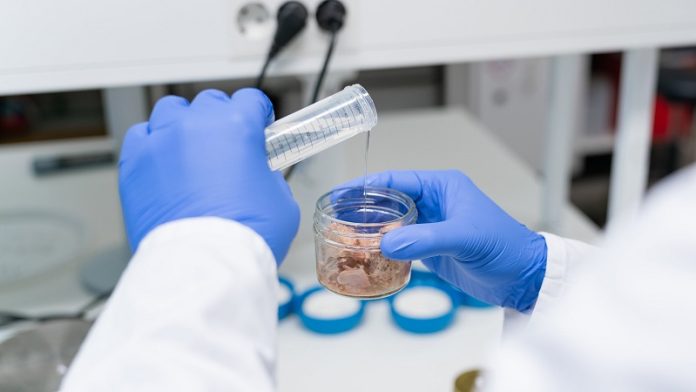
Tuna is a great source of protein and healthy omega-3 fatty acids, making it a popular choice for many people.
However, one major concern is that tuna can contain high levels of toxic mercury, which can be harmful to human health, especially for pregnant women and young children.
But now, scientists have found a new way to reduce mercury levels in canned tuna using a special packaging solution.
Researchers from Chalmers University of Technology in Sweden have developed a water-based solution with an amino acid called cysteine.
When canned tuna is stored in this special liquid, it removes up to 35% of the mercury from the fish.
This discovery, published in the journal Global Challenges, could make tuna much safer to eat without changing its taste, smell, or appearance.
Why mercury in tuna is a problem
Mercury is one of the 10 most dangerous chemicals for humans, according to the World Health Organization (WHO). It can harm the nervous system, especially in unborn babies and young children. Because of this, health experts warn pregnant women to limit their tuna intake.
Until now, the main way to avoid mercury exposure was simply to eat less tuna. But this new research suggests that we can reduce mercury directly in the food, making it safer without limiting consumption.
How does the new solution work?
The scientists knew that mercury strongly binds to proteins in tuna, especially sulfur-containing amino acids. One of these amino acids is cysteine, which can help pull mercury out of the fish.
The team tested their idea by soaking canned tuna in a water-based cysteine solution. Over time, some of the mercury moved from the fish into the solution. The best results came from minced canned tuna, which had the largest surface area in contact with the solution. In these tests, up to 35% of the mercury was removed in two weeks.
One of the biggest advantages of this method is that it does not require extra steps for consumers. If used in the food industry, this “active packaging” solution would work while the tuna is on store shelves.
“Our goal is to improve food safety and reduce the risks of mercury in fish,” said Mehdi Abdollahi, Associate Professor at Chalmers and project coordinator. This method could allow people to enjoy tuna with less concern about mercury exposure.
The researchers also confirmed that the treated fish looked, smelled, and tasted normal, and lab tests showed the method was safe for consumption.
While the study shows promising results, scientists say more research is needed to understand how to safely dispose of the mercury that gets removed.
If this packaging technology is adopted by the food industry, tuna could become much safer to eat, helping people enjoy this nutritious fish without worrying about harmful mercury levels.
Source: Chalmers University of Technology.



